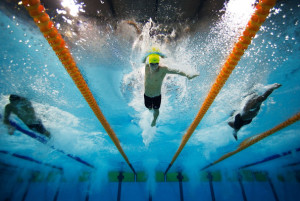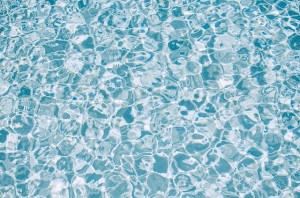How to Get Your Kids Into Competitive Swimming
If your kids enjoy swimming, the next logical step might be to introduce them to the world of competitive swimming. In some areas, children as young as five or six can join a local swim team, depending on their skill levels and how comfortable they are in the water. Swimming is a great way to stay active, and doing it competitively can be fun for both you and your child. So what do you need to know before getting your kids into competitive swimming?
Start With the Basics
Don’t throw your kids in the deep end and expect them to be Michael Phelps. Make sure you start with the basics. The American Academy of Pediatrics recommends waiting until kids are four before they learn to swim, even though there are water safety classes that can teach the basics to children as young as six months old.
If they’re interested in starting competitive swimming, consider enrolling them in a pre-team class. These classes teach the basics of swimming as well as the four competitive strokes so that they’ll be prepared for tryouts and practice.
Be Prepared to Chauffeur
As with any sport, you’ll need to be prepared to chauffeur your kid to and from practices and competitions. Some of these events might be road-trip-intensive, so make sure you’re prepared. For some long-distance competitions, your child’s team might rent a bus to haul the whole group to the location, but this strategy can get expensive for teams with a lot of away competitions, meaning it might not always be an option.
Choose the Right Gear
While your young swimmers might not need Olympic-quality swimsuits that are designed to mimic the hydrodynamics of shark skin, it’s important to have the right gear to make them competitive. You don’t have to break the bank to make sure they’re equipped — especially for young swimmers who will outgrow their swimsuits every season. However, when races are measured in milliseconds, a good suit can mean the difference between first and second place.
While you’re shopping for gear, don’t forget goggles!
Don’t Coach
It’s tempting to step up to coach a team of swimmers, especially if the current coach needs some help, but if your kid is on the team, take a step back and just cheer from the bleachers. Being your kid’s coach puts extra pressure on them to perform well, and they may take every loss and second place ribbon to heart as a personal failure — not only did they let down the team, but they let down mom or dad, which makes it less fun for them.
The only exception to this rule is if there is no coach available or if you’re starting a new team and there’s no one else who can coach.
Remember, It’s Supposed to Be Fun!
This fact is probably the most important one to remember, especially for younger competitive swimmers — it’s supposed to be fun! Don’t put so much pressure on your kids that they stop having fun. It might be great to be the mom or dad of a star swimmer — or any star athlete — but if they’re not having fun anymore, don’t push them into it. Cheer their victories with them, help them learn from their defeats, but don’t try to live vicariously through your children.
Competitive swimming can be a great way for kids to stay active and make friends, as long as it’s warm enough to get in the pool. Just keep these things in mind, and it will continue to be a fun activity for your children and you for years to come.


I am regular reader, how are you everybody? This paragraph posted at this web site is
really nice.